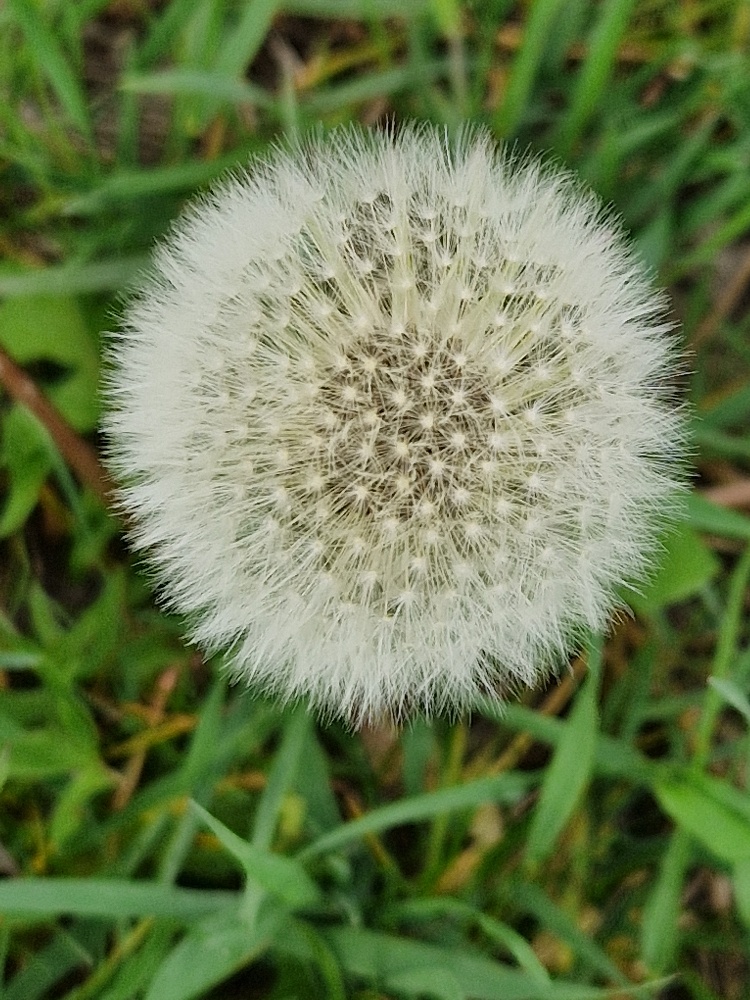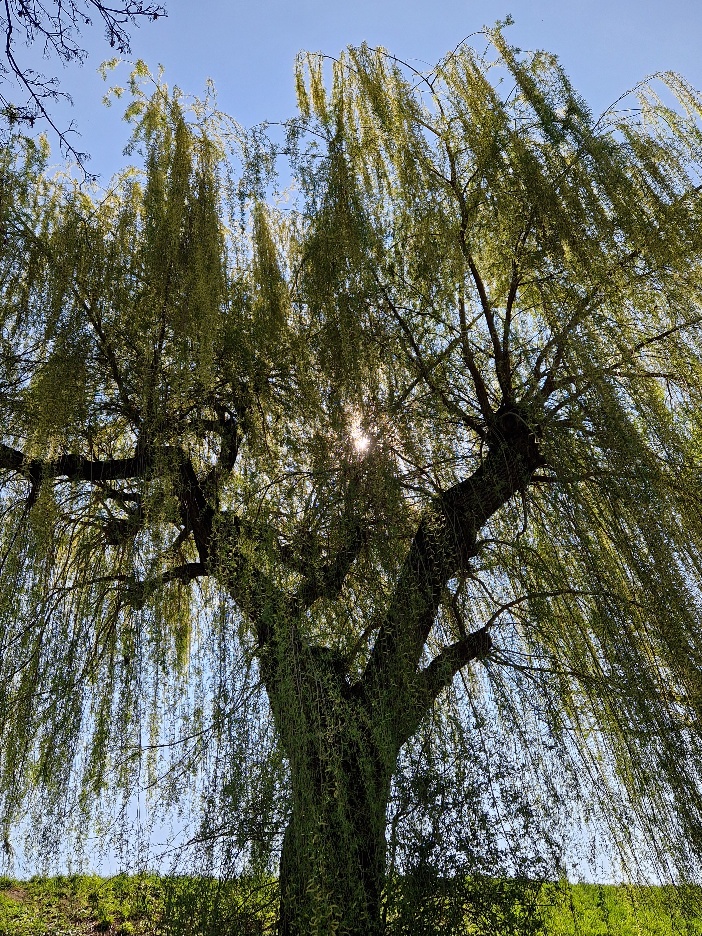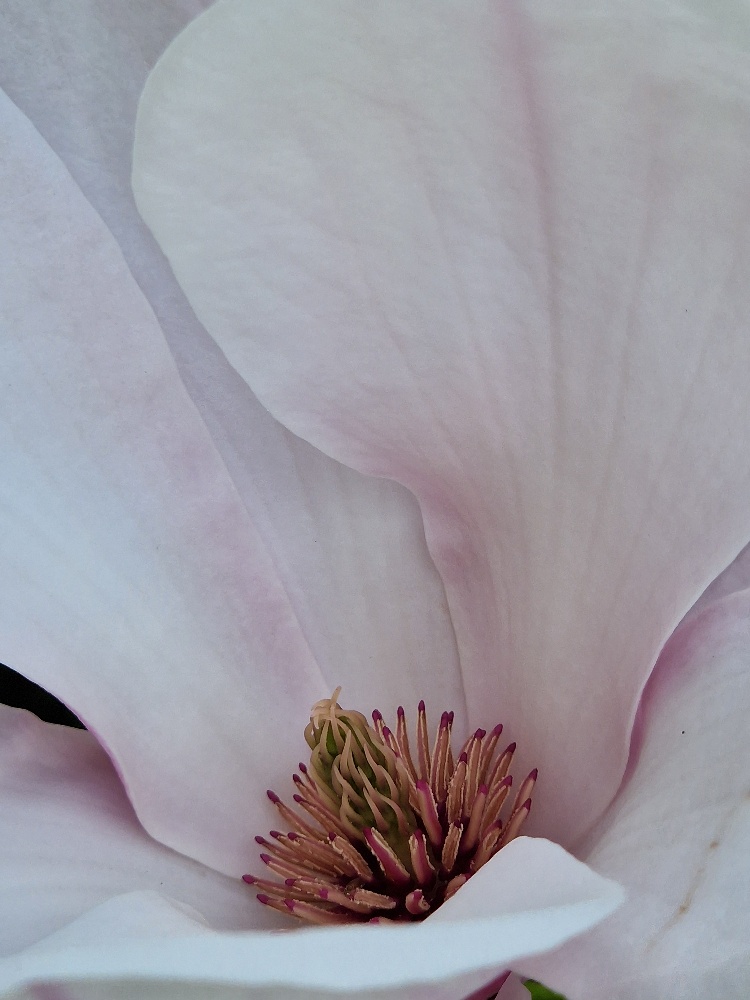The opposite of addiction is connection.
Twelve Step Wisdom
Connection: a relation of personal intimacy.
Webster’s Online Dictionary
Pay attention. It’s all about paying attention. Attention is vitality. It connects you with others. It makes you eager. Stay eager.
Susan Sontag
I define connection as the energy that exists between people when they feel seen, heard, and valued; when they can give and receive without judgment; and when they derive sustenance and strength from the relationship.
Brené Brown
That wonderful phrase, – The opposite of addiction is connection – came up in a Twelve Step meeting once again this week. It resonated deeply with me, reminding me that my welfare is inextricably linked with the quality of connection I experience and cultivate each new day.
Connection with whom or what? Well, my family and friends in the first instance. Then the ripples expand to include neighbours, work associates, all those known to me, to then extend to every human or indeed sentient being, eventually encompassing all earthly creation and beyond. Essentially it is about the relationship to life itself.
This is the connection to the outer world. As always, the dynamic beckons equally in the other direction: connection to within. In a society which places most of it focus on outward manifestation and activities, the connection within is often neglected, underdeveloped, or even shunned. We do this at our peril since the answers to our most existential challenges generally lie within.
The addict is a person who is on a spiritual quest, looking for salvation from the vagaries of the human condition. She may have the right idea in engaging in such a quest but has mistaken how it can be successfully brought to fruition. At the same time, she is on the run from true connection.
In the classic forms of substance or process addiction, we stumble upon a drug or behaviour which provides immediate, temporary relief from what we have come to experience as the `unbearability of being´.
When, as a teenager, I took a drink, I was no longer the shy, anxious misfit. I felt this sense of connection, of `be-longing´ for which I had always longed. It was a magical, readily available, and, initially, very dependable solution. Only a fool would turn his back on such an elixir.
Others may turn to people pleasing, success, recognition, or the obsession of wielding power over fellows or circumstances. Still others turn to the promise of the endless honeymoon of delightful romance. Regardless of the route embarked upon, they all provided immediate, short-term relief but left us in a precarious situation. We began to depend on external people, places, or things from which we could derive a sense of worthiness, lovability, and self-esteem.
By engaging in the addictive dynamic, we had inadvertently placed the centre of gravity of our well-being outside ourselves, an approach just as risky as building our house in our neighbour’s garden. Because life is fickle, and we have little or no control over its whimsical nature, things unfold other than planned and we experience setbacks. We get fired, a relationship breaks down, illness comes knocking at our door, we grow old and frail, etc.
When we have placed our centre of gravity outside of ourselves, we are setting ourselves up for failure and defeat. Realising this is called hitting bottom. We thought we were on the road to happy destiny only to find ourselves at a dead end. Or we pass though some territory which we somehow recognise and realise we have been going round in circles all the time. We get clarity on one important point. We see clearly that we are not who we thought we were. And we admit that to continue down the current path will lead to perdition.
This is when we are forced to go within to discover who we truly are. `The cave we fear to enter hold the treasures that we seek,´ as so eloquently formulated by Joseph Campbell. How do we get there? Where is this portal to the inner world. Today, it is commonly called the present moment. Saints and sages throughout human history have known that in order to enter our inner world we must have, as our starting point, the present moment. Here is where a shift from the mind to the body comes in.
The mind generally operates in the past or the future, mulling over what has been or planning to address what is approaching from the horizon ahead. When we are fully engaged in an activity or somatic experience, time appears to stand still. Watch any young children exploring tidal pools on the shore or any circle of drummers in full collective flow. For the purposes of connecting with our inner world, an abundance of body-based exercises and disciplines are available to help shift us from the mind (past, future) to the visceral (present moment).
It is in the inner world that we discover the so-called shadow. The Merriam definition of the word connection: a relation of personal intimacy, is useful in this respect. If we break intimacy into the four syllables in-to-me-see, we recognise the challenges presented here. Not having felt safe in our childhood environment sets us up for not allowing others see us as we truly are. Vulnerability still appears to be too great a risk. This was certainly my experience. Instead, we protect ourselves with thick layers of armour. These not only impinge upon our connection with others; they prevent us from having a healthy connection with ourselves.
Those childhood wounds of neglect, abuse, or disappointment, the associated pain, and the survival strategies we developed to prevent us from going under still hold sway. These scripts, designed to protect us, subsequently took on a life of their own, becoming the runaway trains of self-defeating behaviours which tend to become reactivated, even decades later, when, under stress, we are revisited and hijacked by those long-past fear-laden childhood experiences.
The life jacket we donned for survival as five-year-olds are the same ones that suffocate us at twenty-five, forty-five, or sixty-five. Though no longer fit for purpose, in our fealty to habit, we have neglected to remove them. By clinging on to them, we forego the opportunity to develop an awareness of new resources available to us as we grow older, and the possibility of cultivating such resources as we progress.
Being forced to ditch what is no longer working, we embark on a process of self-awareness. Paradoxically, this ideally brings us to a point of maturity where we can transcend self. This enables us to then develop a connection with Self, that aspect of us, – the Spark of the Divine, – which is our true link to life itself. The shift from `apart from´ to `a part of´ begins to unfold.
There is a danger here of getting stuck in self-absorption. Self-absorption is what happens when we get bogged down in introspection. It destroys both empathy and compassion. When we focus too much on ourselves, our world contracts as our problems and preoccupations loom ever larger. But when we maintain focus on others while doing our inner work, our world expands. So, a healthy balance is important as we walk this path of getting to know and establishing a connection to our True Self.
Our prevailing culture, with its collective denial of the need for true connection, throws up many barriers to prevent this shift. Competition, comparison, contention, to name but a few. Contemporary society prizes these cunning behaviours at the expense of real connection.
Not surprisingly, we derive the largest part of our self-worth from extrinsic sources. This is the result of basic societal messaging predicated upon millennia of fear-driven behaviour. Be someone! Do something special! You are what you have: What have you succeeded in accumulating during your life?
I have recently been reading the cautionary tale of the life of a very successful and famous soulmate, namely the American chef and writer Anthony Bourdain whose life ended in tragedy some years ago. On reading Bourdain, we learn about his tormented history. His lifelong afflictions and struggles become readily apparent. He compared himself constantly to others, he competed for attention, and he contended with anybody that he viewed as a danger to his success. Even into his sixties, he was conflicted, tortured, and obsessed with what other people thought about him.
For all his unique talents, exceptional writing, and insightful observations of the human condition, he failed to grasp one basic concept: At some point, it is important to realize that other people are not the source of our problems or solutions. Almost invariably, problems and resolutions originate from within. It is not what happened to us in childhood which is decisive but how we reacted to what happened to us in that given situation.
Those reactions were those of an innocent, as yet underdeveloped young person, ill-equipped to deal with the harsh realities life tends to throw onto our paths even at a very early stage. A key element of recovery is the empathy we can bring to bear on working through our childhood wounds. This begins with empathy for self, which later expands to encompass empathy for other people involved, including our less-than-perfect caretakers, and the circumstances of our childhood, youth, and beyond.
Having embodied this truth and established a connection to who we truly are, we are now able to transcend those old self-defeating scripts, develop new life-affirming approaches as we meet our challenges, and weave the fabric of vibrant connection as we take our place in the world.










